The fashionable style of minimalism in the home interior has created the popularity of succulents, which do not require special care and allow you to decorate window sills and other parts of rooms without much effort. One of the common types of such plants is echeveria, care for which at home consists of choosing a well-lit place, organizing watering and feeding.
The rest of the plant does not require care and can become part of a variety of compositions from herbs, thanks to its varieties, which are well adapted for growing indoors. Such unpretentious plants can be grown in pots individually, or you can create a whole mini-garden in one container, the compositions in glass balls and aquariums look especially exquisite.
Content
Characteristics of echeveria and varieties with photos
The birthplace of Echeveria is South America and Africa, it was there that Europeans first met it and later spread some species in our country. An unusual plant belongs to the genus of succulents and is also referred to as a "stone rose." Under natural conditions, there are more than 200 species of the flower in question, they differ in the shape and color of their petals. This succulent is well developed in room conditions. The characteristic features of eheveria are:
- dense leaves of various shapes 3-30 cm long and 1-15 cm wide;
- lush rosette formed by foliage;
- the presence of a stem of a different size depending on the variety;
- foliage colors include green, red, pink and purple shades;
- filiform root system;
- the presence of a peduncle up to 50 cm in height;
- the shape of the flower resembles a bell;
- flowers are collected in inflorescences;
- creeping shoots in some species;
- the presence of wax and pubescent leaves.
The listed features make it easy to distinguish this species from other succulents, to reveal the differences in the varieties of the stone rose itself will help a more detailed description with photos.
Graceful
Elegant echeveria has an unusual shade of blue with green, is a perennial plant and blooms with orange-red bells, which are located on a high peduncle. The leaves have a shape close to the rose petal and fit snugly together. Also, the succulent has a thick, low stalk.
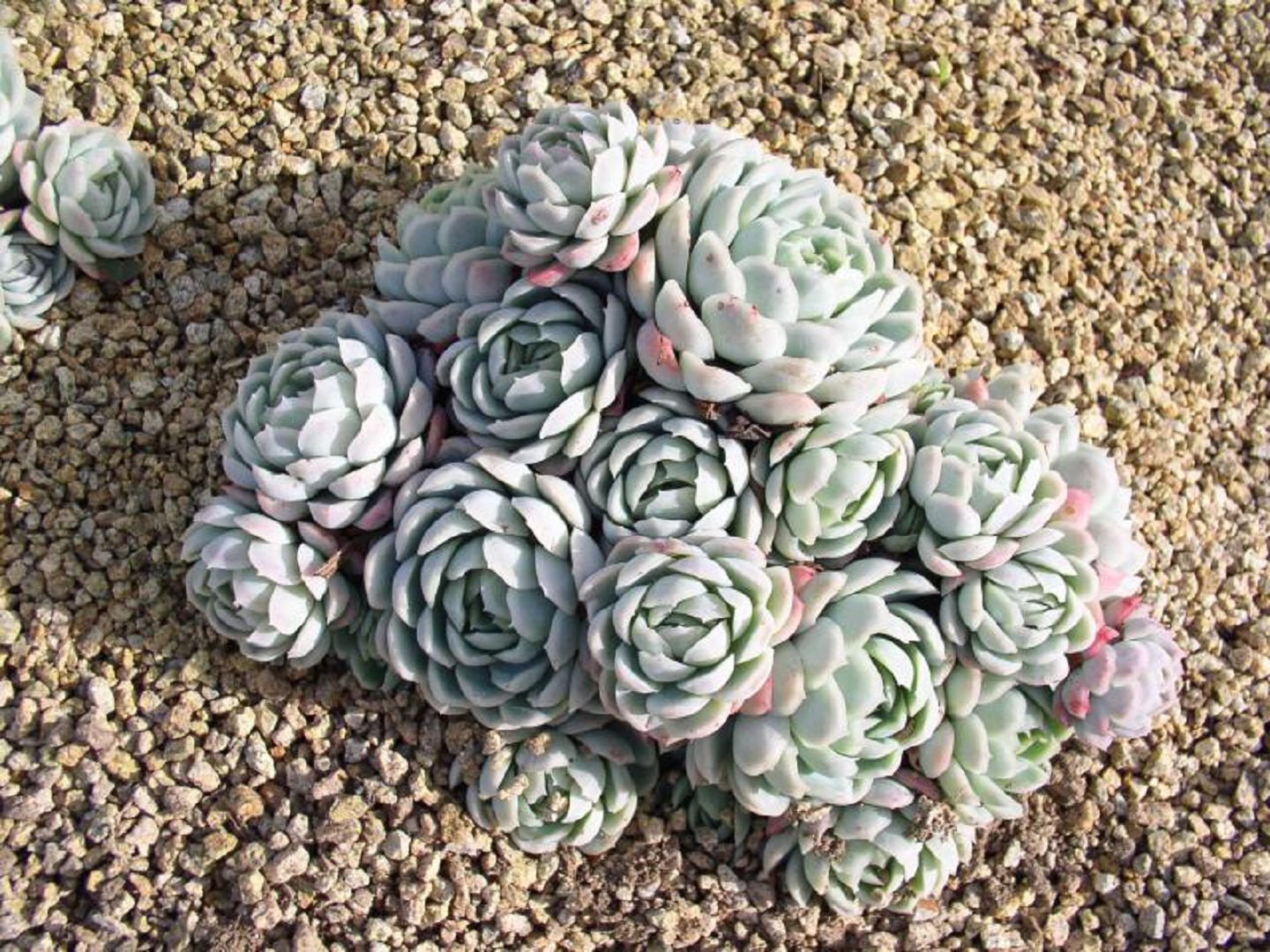
Humpback
Flat leaves in the shape of a rhombus are located on a short stem, their green color acquires a light pink hue closer to the base. Has flowers of light red color.
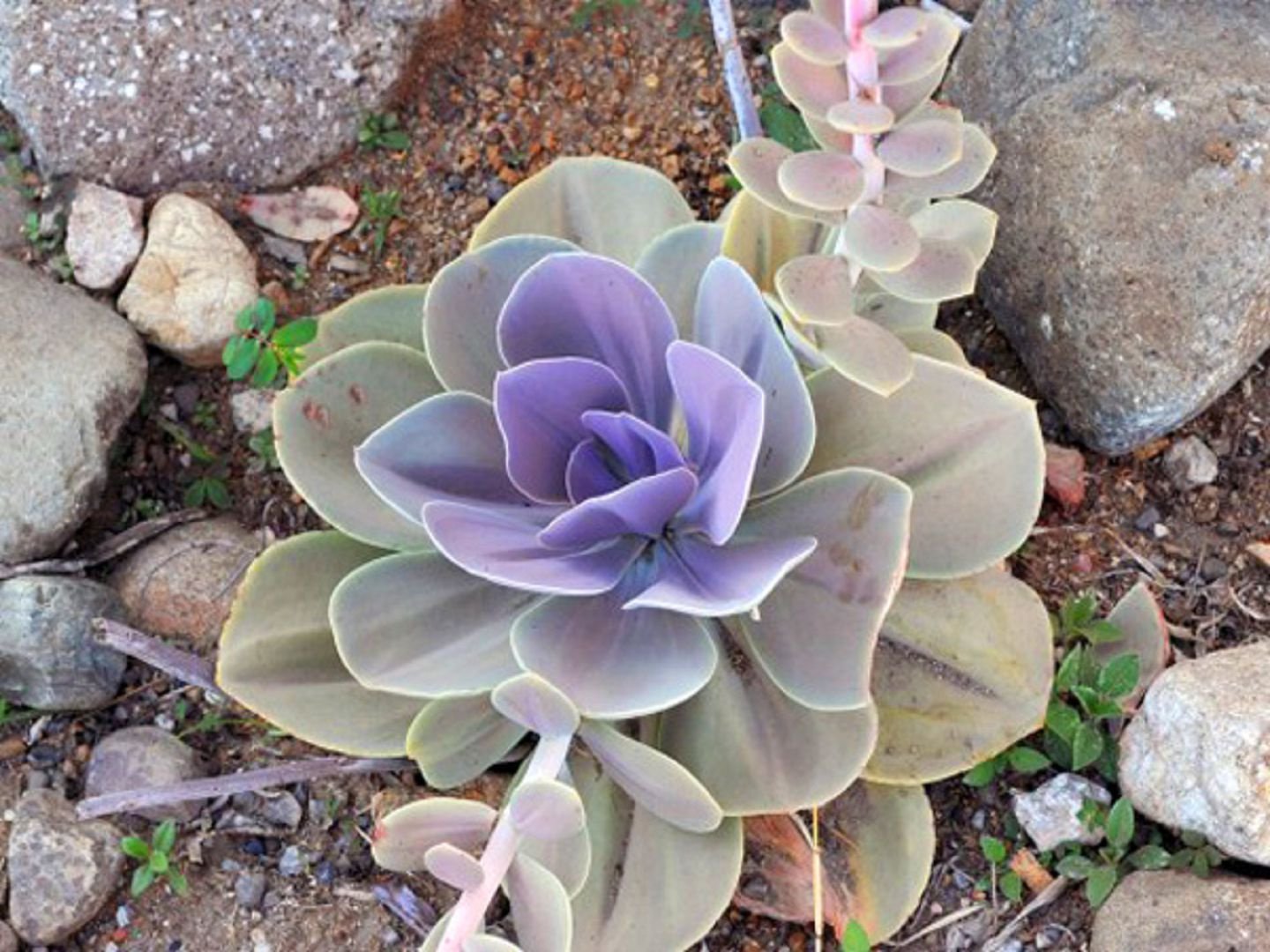
Derenberg
Leaf rosettes of this species are densely arranged, the leaves reach a width of 4 cm and are pointed at the end. The color of the foliage is light green with a red speck on the tip, has a white coating over the entire length. In late spring, throws orange buds.
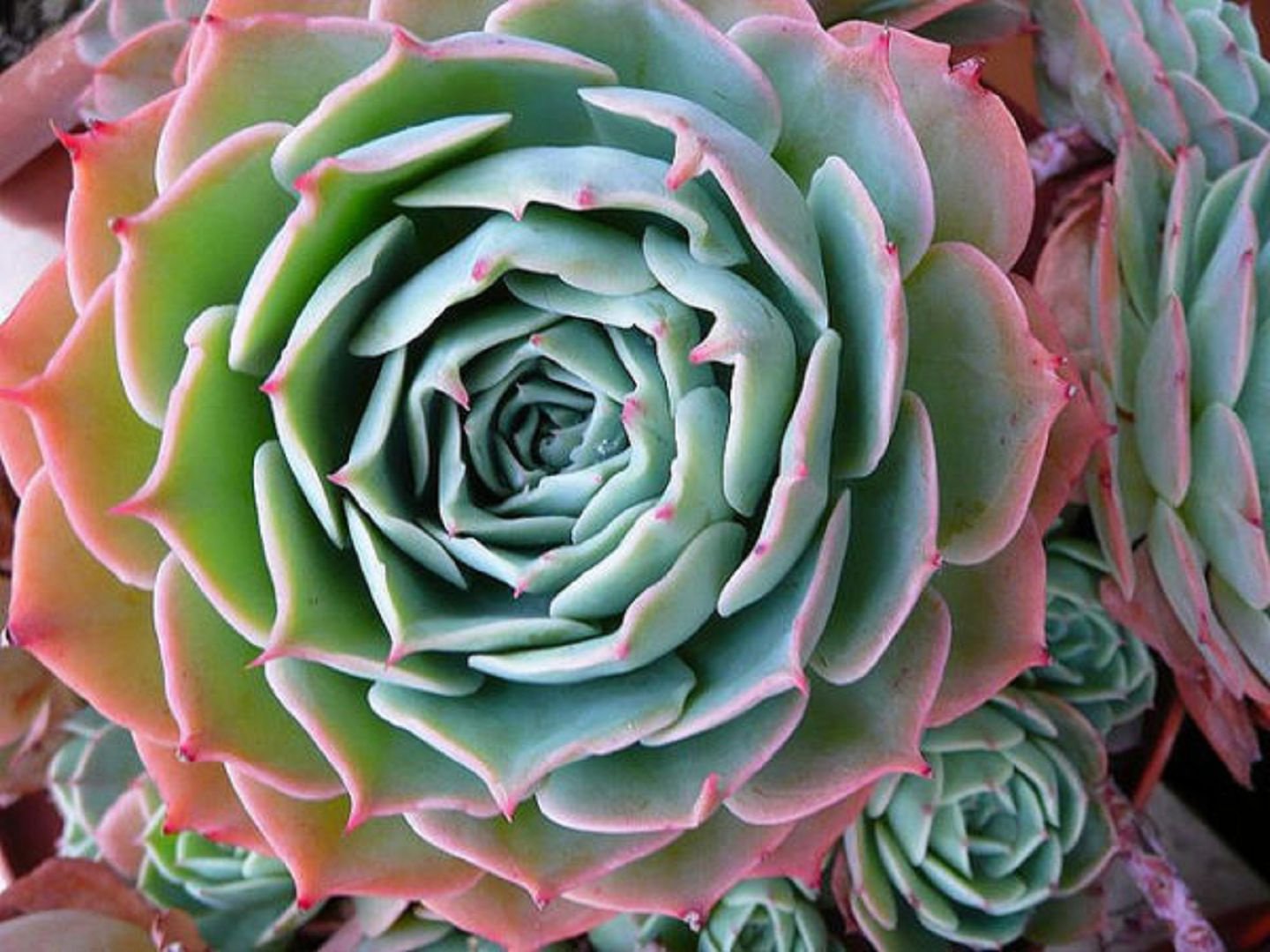
Agave
A stemless rose with pointed leaves that are symmetrically arranged and form a lily-shaped rosette. Shade of green leaves with pink tips. Succulent blooms in the summer with yellow-pink inflorescences.
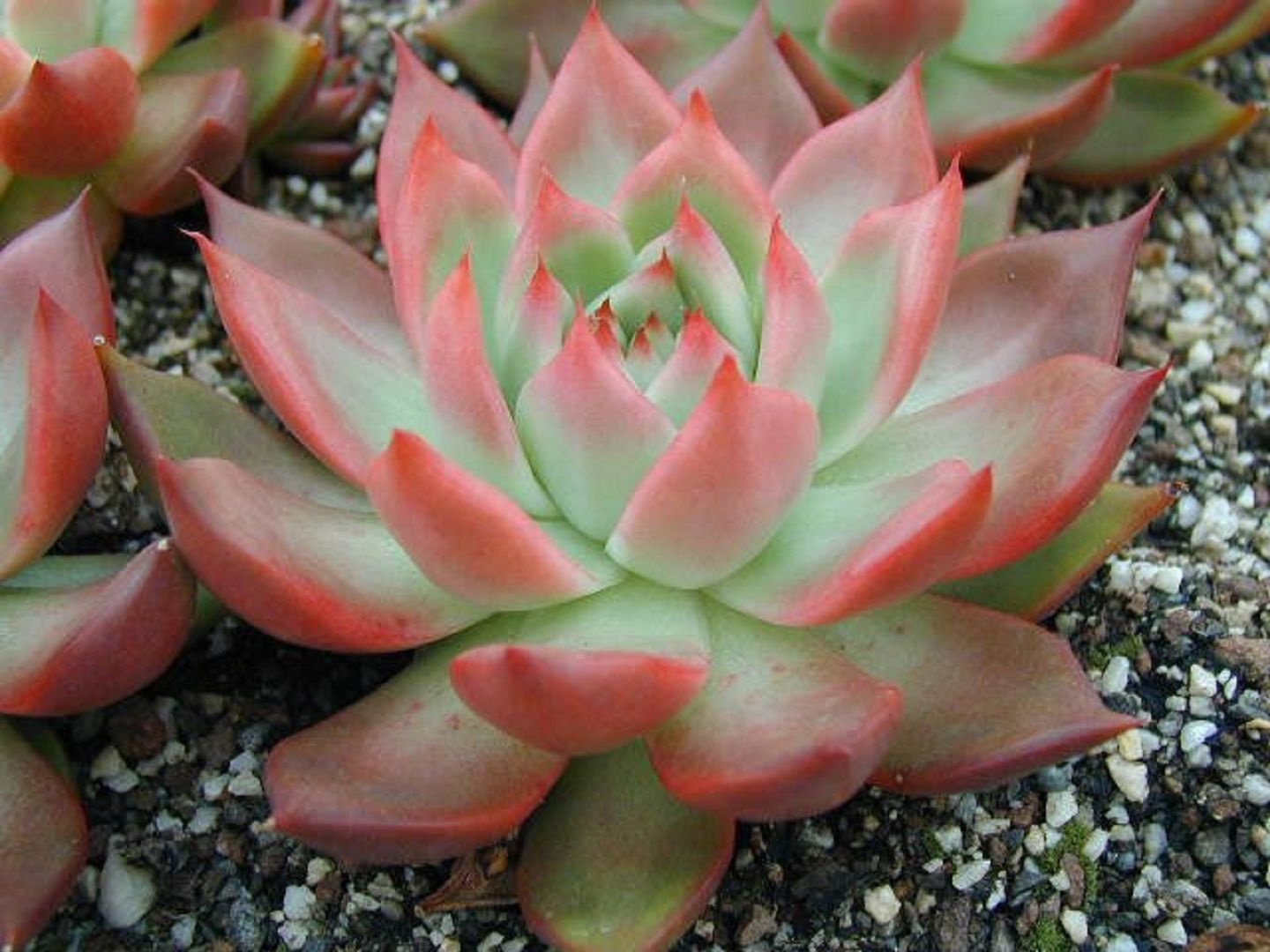
Cushioned
The variety received the name from the arrangement of foliage tightly and fairly widely, the appearance of a green pillow is created.The considered echeveria has light green fleshy leaves, slightly elongated and with a velvety surface. It blooms small in yellow flowers located in racemose inflorescences.
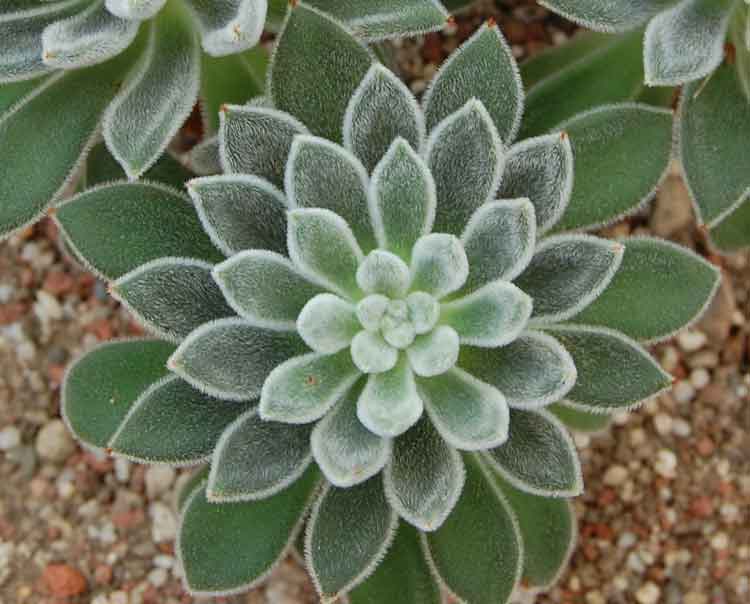
Lau
Succulent with a rosette up to 20 cm in diameter, has a matte wax coating and almost white foliage with swellings of blue and pink. It reaches a height of 15 cm. The leaves of the rhomboid shape reach 6 cm in length, and produces inflorescences of an orange hue. A feature of the variety is a thick protective layer on the foliage and flowers.
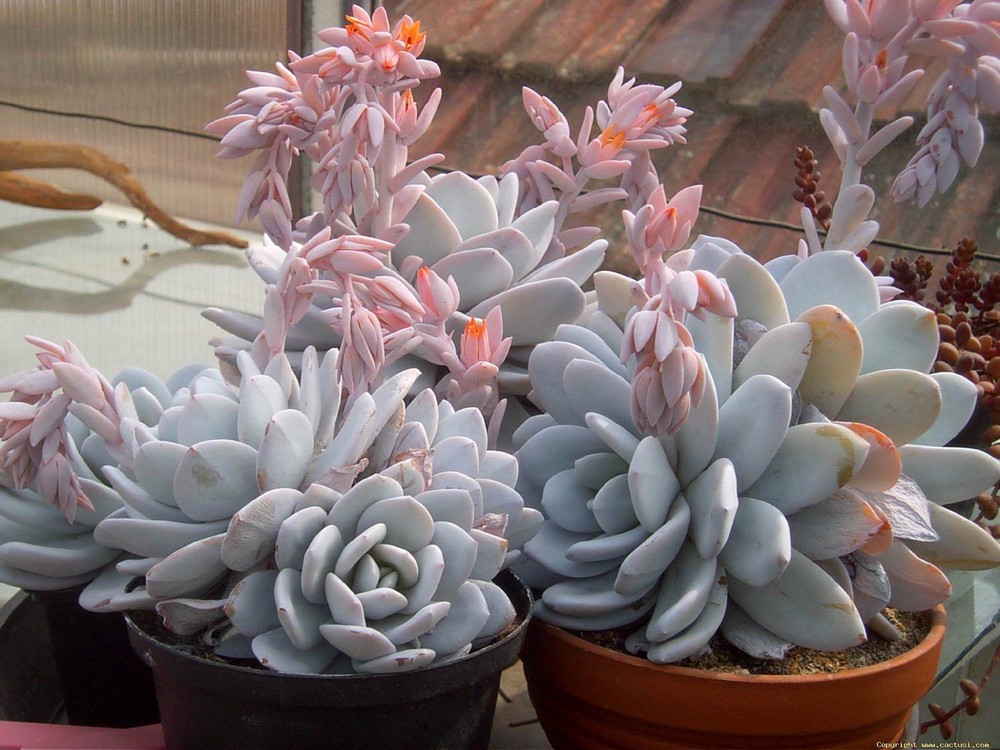
Bristly
Echeveria has a bright green uniform color, the stem is absent, and the leaves form a spherical rosette, their shape is similar to a scapula. The foliage reaches a length of 9 cm, a width of 3 cm, and light bristles are present on it. In the summer, yellow-orange flowers bloom. This variety is a bush.
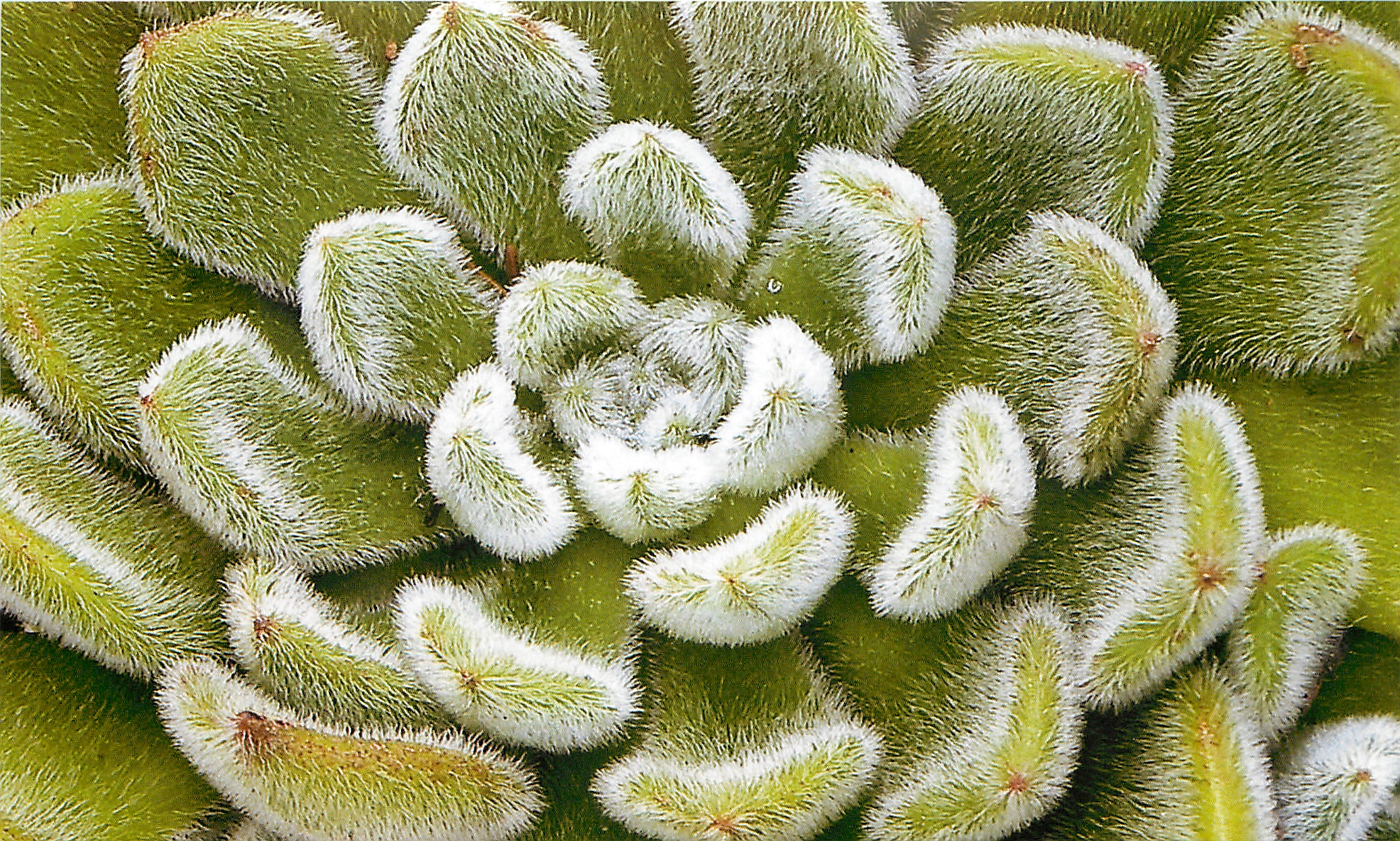
Mix
In one container you can collect several varieties of echeveria, which will differ in color, leaf shape and size. Such a mix will allow focusing on the diversity of succulents and create an unusual combination to decorate the interior. An interesting effect is given by the varieties Romeo, Miranda, Taurus, Agavovidnaya, Graceful. Be sure to leave the distance between the plants during planting so that they can develop, and the resulting space can be covered with various pebbles, bark and other decorative elements.
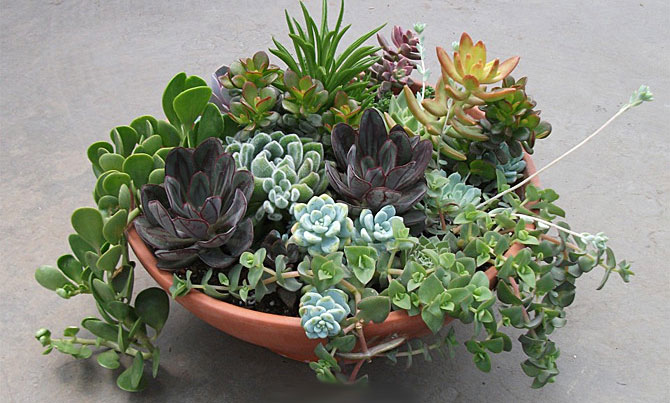
Care for echeveria at home
Domesticated stone rose is not very picky in care and, subject to several basic rules, will grow and develop well in room conditions.
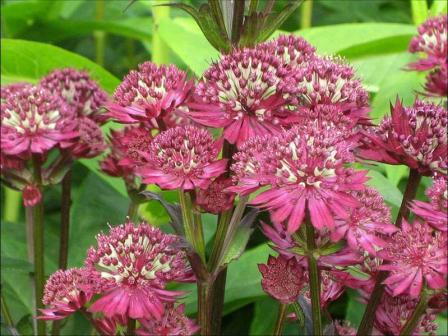 You may be interested in:
You may be interested in:Soil selection
In order for the succulent to grow successfully, you should use a substrate consisting of 3 parts: sand, gravel and compost. With this composition of soil, a stone flower will be able to feel good, and the presence of a layer of drainage will allow to remove excess moisture from the soil. You can prepare the substrate yourself or buy a composition for succulents and cacti in the store. Be sure to disinfect the soil if it is taken from the forest.
Watering and feeding
Echeveria does not require much moisture, it needs moderate watering with stagnant water. The frequency of the liquid should be determined on the basis of air temperature, it is recommended to add water only upon the complete drying of all soil layers. The plant perfectly tolerates dry air and does not require any spraying from the outside, because the leaves are sensitive to plenty of moisture and can decay when excessive water gets on them.
Echeveria needs to be fertilized during the growing season, which runs from March to August, it is enough to apply top dressing once a month along with watering. It is recommended to use universal mineral fertilizers that are suitable for cacti and are sold in flower shops. In winter, you do not need to feed the plant.
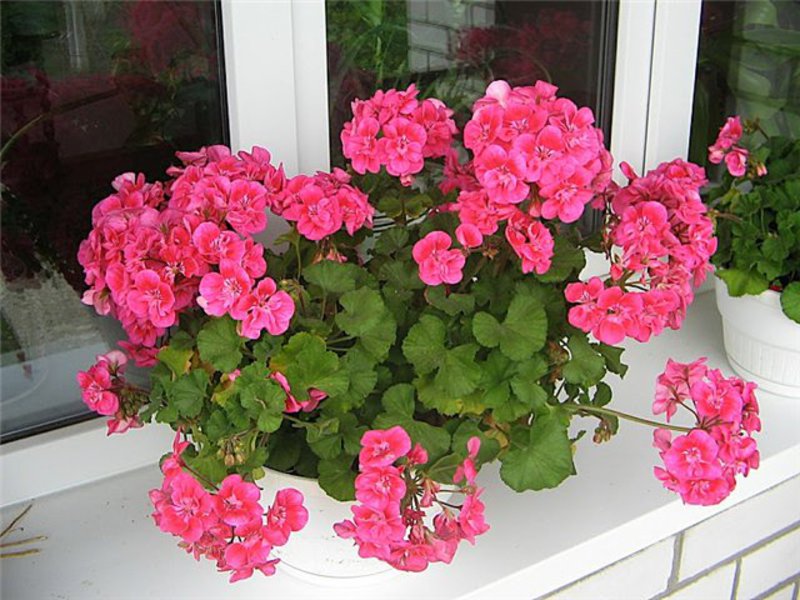 You may be interested in:
You may be interested in:Light and temperature
A flower loves a lot of light, it is best to keep it on the southern windows, where daylight hours are as long as possible. Direct sunlight, especially on young succulents, is not advisable; they can burn leaves.
In summer, a temperature of 25-28 is acceptable, and in the autumn-winter period it is necessary to reduce it to 10-15 degrees so that the succulent falls into hibernation.But the temperature should not fall below 6 degrees, otherwise the plant will fall ill or die from hypothermia.
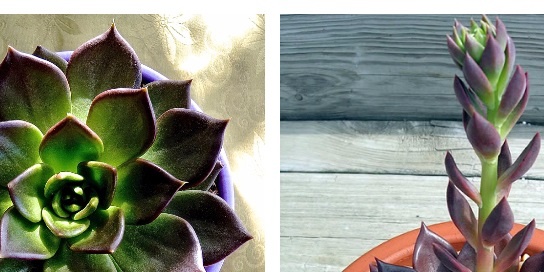
Diseases and Pests
Very rarely, decorative succulents suffer from insects and pests, since a specific thick skin prevents them from settling and eating plant juices. But the mealybug and the gall nematode can still attack it. The worm can be easily detected by a typical white powdery coating on the plant, and the nematode is characterized by wilting leaves and the appearance of “peas” on the roots of the flower.
With improper care, a stone rose can get sick, most often these types of flower ailments are manifested:
- Foliage wilting occurs due to insufficient watering, remember that succulents are still not cacti and add liquid as the soil dries.
- The dried layer of the lower leaves is associated with the natural development of the plant and the appearance of children, does not require any measures.
- Falling leaves can cause excess fluid in the pot, which means you need to reduce the number and frequency of watering.
- Yellowing of the foliage: caused by excess moisture and fluid stagnation in the flowerpot. To improve the situation, you need to reduce watering and update the drainage layer.
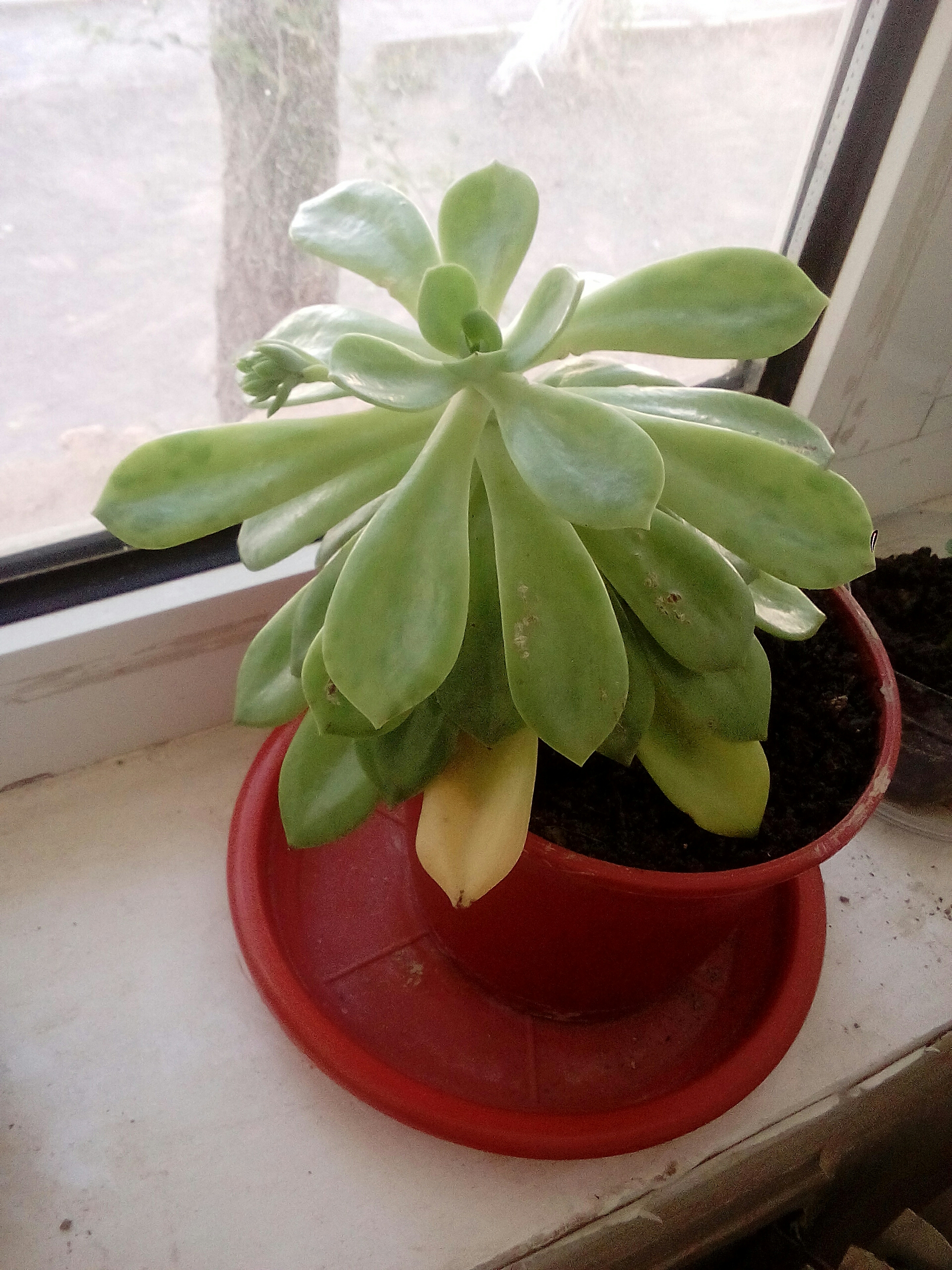
Yellowing foliage - Twisting leaves indicates the wrong fertilizer, you should change the composition or type of fertilizing.
With a constant excess of fluid, echeveria can suffer from powdery mildew, which is manifested by rotting of the roots. In order to save the flower, it is necessary to replace the soil, remove the affected areas and treat the succulent with fungicides.
How to propagate and transplant a flower at home
Florists note that this variety is quite difficult to propagate at home and it is not always possible to plant a flower, but they note several basic methods of propagation, which are still worth experiencing.
Seed propagation
Using seeds to plant succulents is a laborious process that is not always successful, and this should be considered when using this method of propagation.
A brief algorithm of actions is as follows:
- Choose seeds in the store or collect them from your succulent after flowering.
- Soak the seeds for a day in a weak solution of potassium permanganate for disinfection.
- Dry the seeds using a paper towel or sheet of paper.
- Prepare the soil and carefully sow prepared seeds into it.
- Sprinkle them on top with a layer of sand, not more than 3 mm.
- Moisten the soil with settled water from the spray gun.
- Cover the pot with a transparent film and put it in a bright and warm place, regularly ventilate and moisturize.
- The first sprouts will appear no earlier than after 3 weeks, when they appear, remove the film.
- Young sprouts should be planted after a few months, when they gain strength.
Despite the fact that this method of echeveria propagation takes a lot of time and requires patience, it is economical in terms of costs and makes it possible to obtain cheap succulents in case of successful procedure.
Vegetative way
You can plant a flower very simply using leaves and rosettes. For leaf propagation, use a simple algorithm:
- Select and separate from the succulent one large sheet from the bottom row.
- Put it in a warm place with a little sunlight.
- Wait for the appearance of small roots on it. It will take 3-4 weeks.
- Plant a young plant in a pot prepared in advance with a substrate.
In addition to leaves, the use of plant rosettes is also suitable for propagating echeveria. This method provides the following scheme of actions:
- Cut the outlet with a sharp knife or pruner.
- Remove the bottom row of leaves and dry the socket in the shade for 3-4 hours.
- Prepare the soil and flowerpot, moisten the soil.
- Shallow to drop the outlet into the flowerpot.
- Subject to a temperature regime of 20-24 and the presence of a sufficient amount of light, rooting will take about a month.
In order for such a young succulent to become a full-fledged flower, it will take several months.
When do I need to transplant?
It is necessary to transplant echeveria after purchase, the store substrate is often of poor quality and does not allow the plant to fully gain strength. It is recommended to transplant young succulents every year in the spring, for adult plants a change of the pot once every 3-4 years is enough as needed.
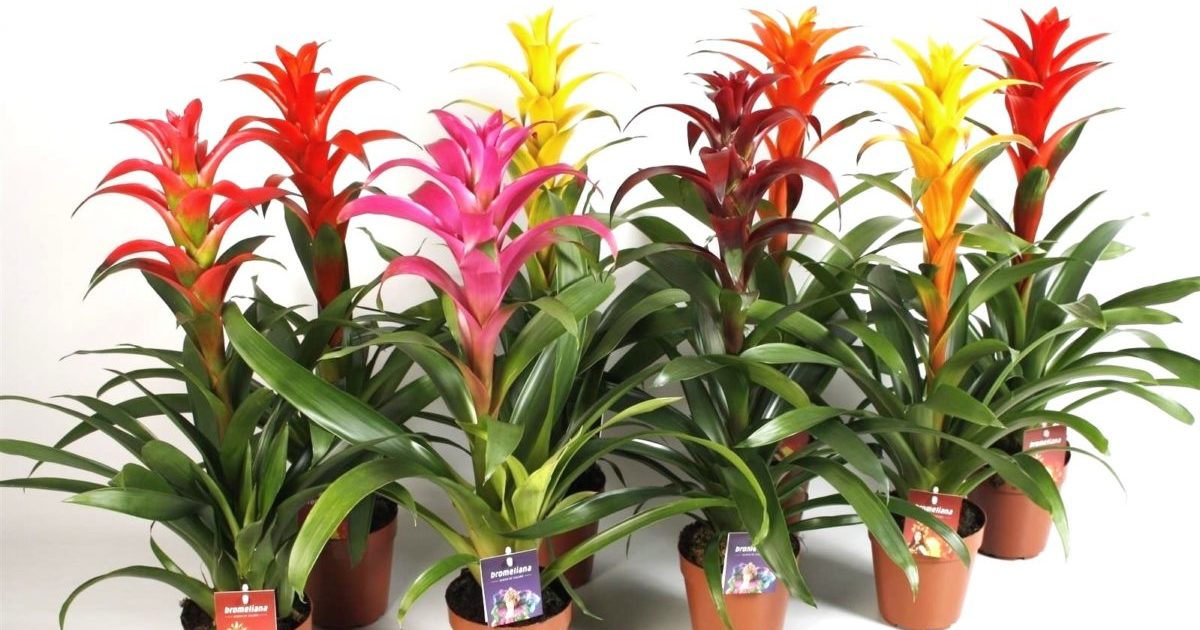 You may be interested in:
You may be interested in:How does echeveria affect a person?
Succulent has a rich composition of nutrients and is used in traditional medicine:
- for the treatment of boils and acne;
- with nervous disorders;
- with diseases of the respiratory tract;
- for the treatment of liver diseases.
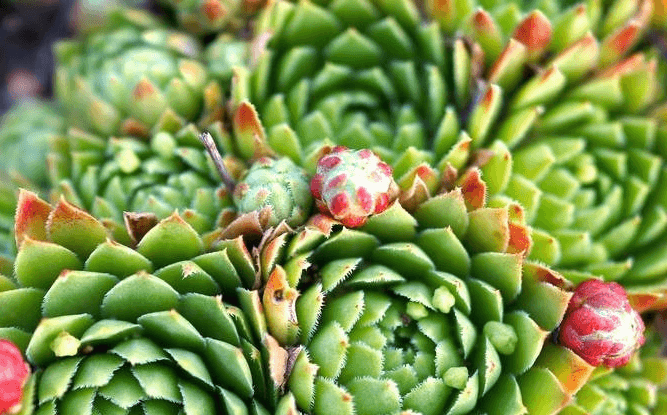
There is an opinion that the flower is also able to influence the emotions of a person, concentrating it on positive feelings.
Common Growing Questions
Echeveria is a beautiful type of succulent, which has a variety of shapes and a color palette, it does not need to organize a special microclimate for development, but it creates a special atmosphere in the house and positively affects people. With its help it is easy to create a unique decor item, and for this you only need to plant several varieties in one flowerpot.

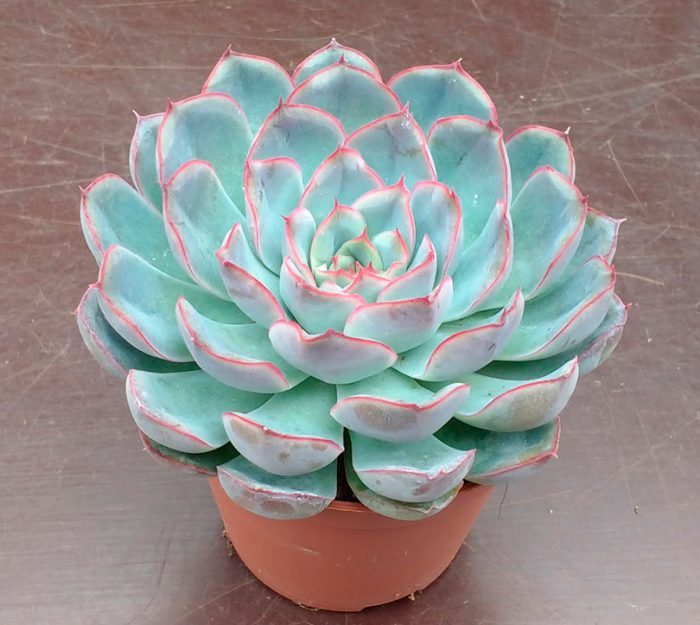

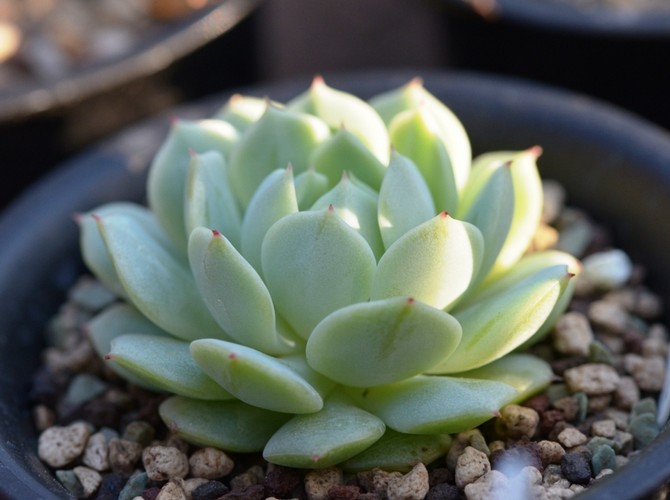



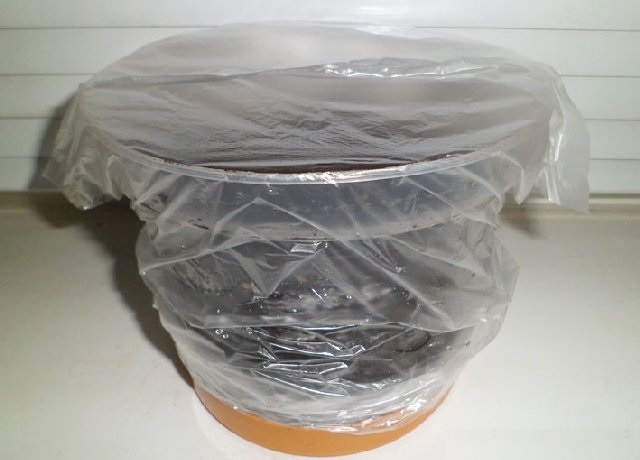
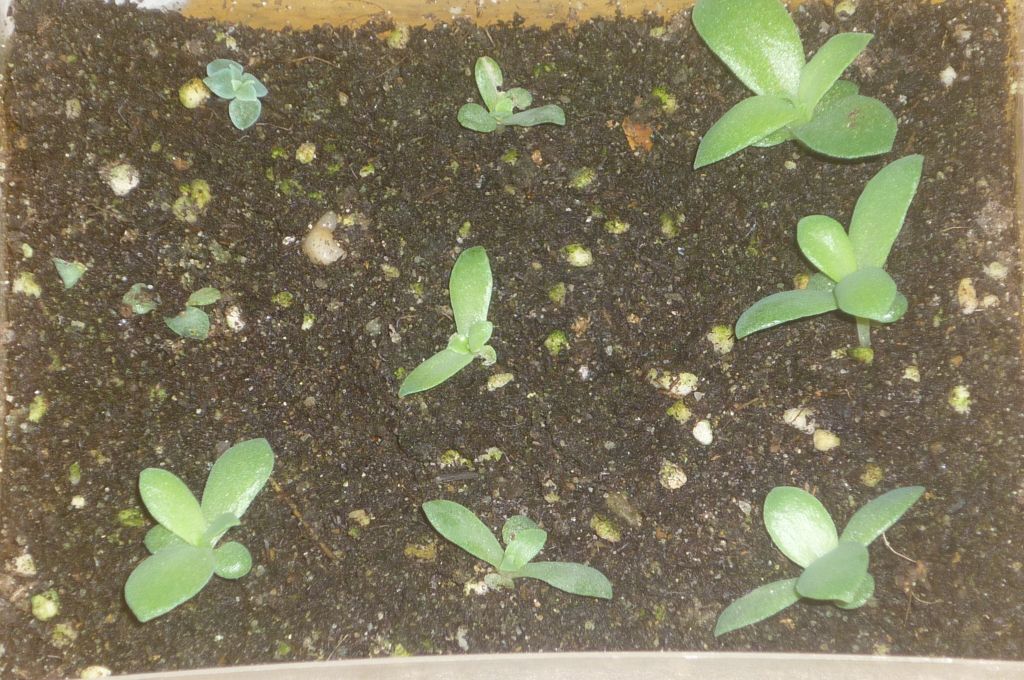
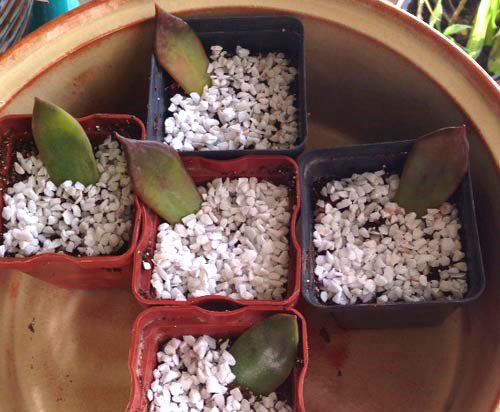
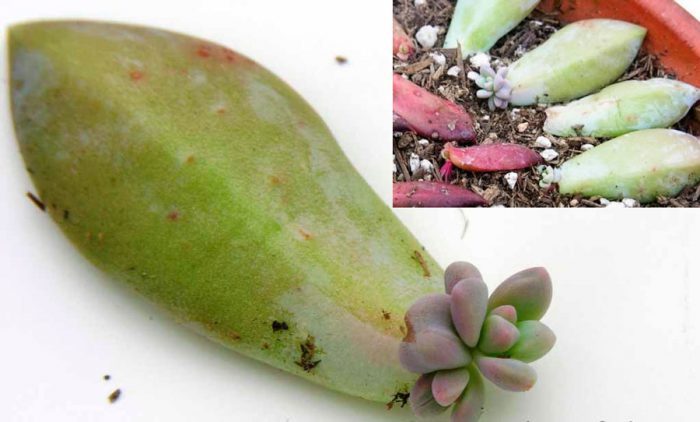
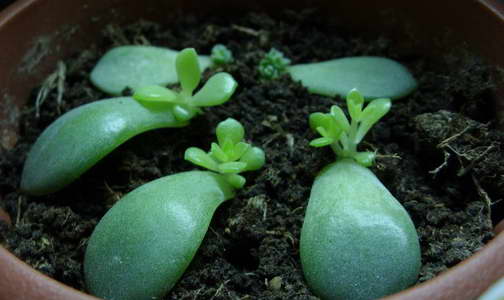
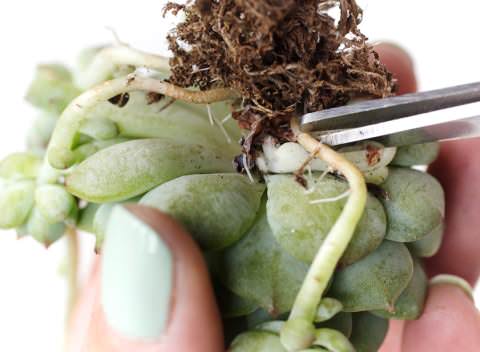
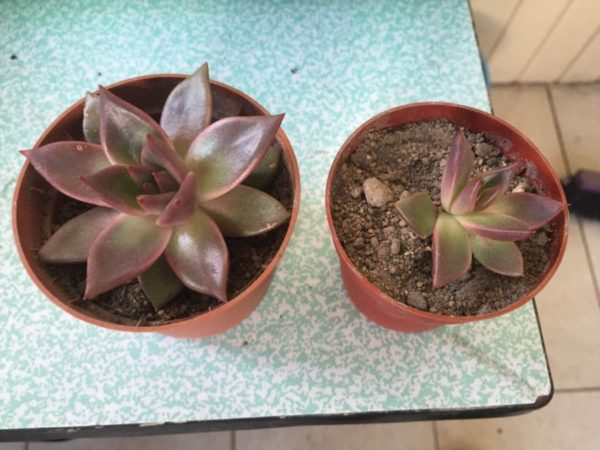
 Sow in the ground, without seedlings: 10 beautiful and unpretentious flowers
Sow in the ground, without seedlings: 10 beautiful and unpretentious flowers Platicodon planting and outdoor care
Platicodon planting and outdoor care Hosta - planting and care in the open ground in the Urals
Hosta - planting and care in the open ground in the Urals Oleander - care and growing at home
Oleander - care and growing at home